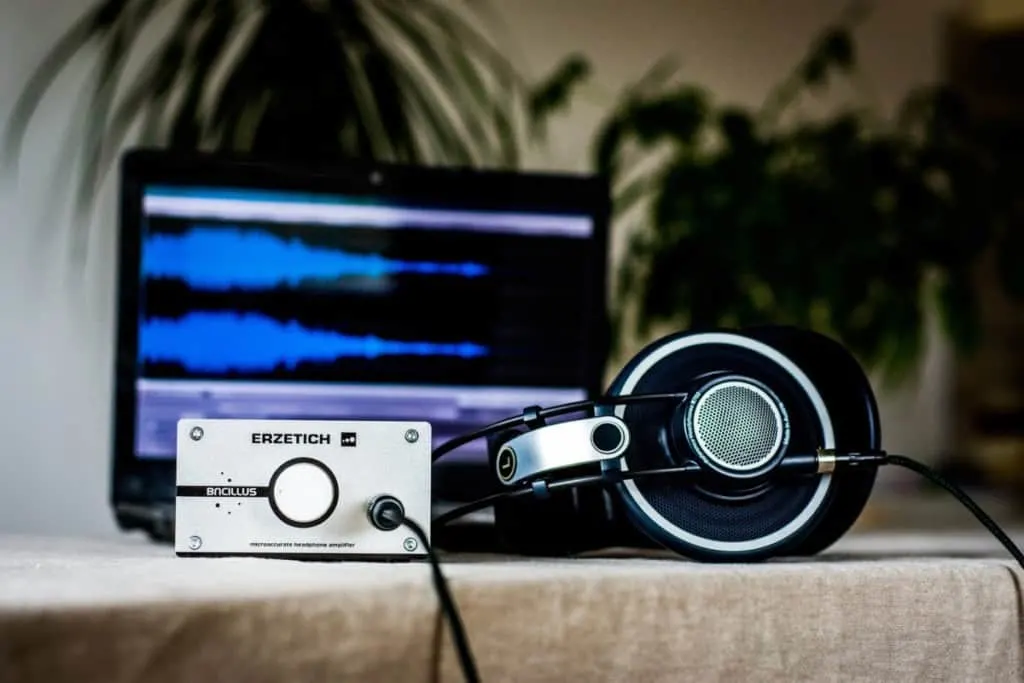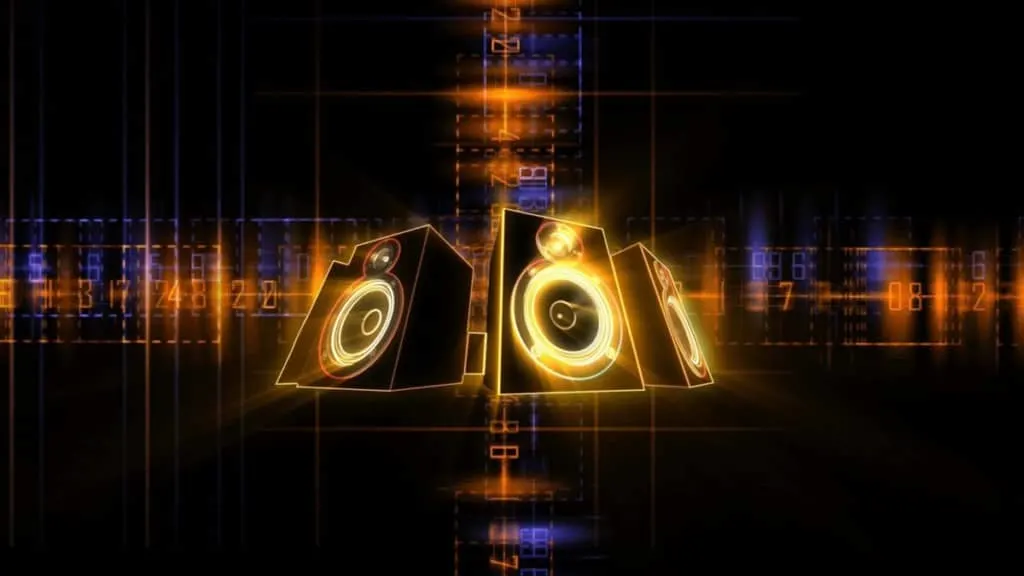Signal processing revolutionized the world back in the fifties and continues to do so these days.
It’s one of those things you’ve been using all your life but never really paid attention to because it has always been there.
So what are signal processors?
Signal processors are devices created to alter the shape of the audio waveform. They can be digital or analog and can interact with the wave shape in many different forms. Signal processors can have their place either on stage or in the studio to create different sounds. You can apply signal processing to percussive, wind, string, or any other kind of instrument including voices. When signal processing is applied to the entire sonic spectrum, it plays a major role in mixing and mastering as well.

I’ve been mixing records and using signal processing live for a huge number of years before knowing what it really was. As you might imagine, once I learned more about it I was able to do even more with it. I want to share that knowledge with you in this article.
Let’s look a little deeper into the world of signal processors.
Take a look here at the huge range of signal processors available today on Amazon, it really is a minefield!
The first thing that comes to our minds when we think about signal processors is the old battle of Analog vs Digital.
For many years musicians, studio directors, mixing engineers, DJs, and the entire music industry has repeated it as a mantra. Yet, there is no real answer to which is better, because both have some pros and some cons.
Take a look at the video from the Stampsound Youtube Channel that accompanies this article.
You can subscribe to the channel here. It’s free.
Analog Vs Digital Signal Processors
- Digital Signal Processors – Also known as DSP (you might have seen the logo more than once). What digital signal processors do is convert the analog waveform into zeros and ones and then digitally modify the waveform. With the growth of computer microprocessors, the power of digital signal processing grew exponentially in the past decade.
- Analog Signal Processors – This is the way everything started, with the analog manipulation of electrical current, AKA audio waveforms. For example, most guitar pedals can be analog signal processors. The moment you turn on that overdrive pedal, it overdrives the signal in an all-analog way and sends it out. There are some things you can do with analog signal processors that can’t be replicated digitally like nonlinear responses.
Okay, so that is the difference between an analog and a digital signal processor, but what are the pros and cons to help you choose what works for you? Let’s take a look:
Digital Signal Processors
PROs
· Efficiency – It is possible to cram a whole lot of processing power into a tiny space with one powerful microprocessor.
· Power – Digital signal processors are capable of changing the signal in many different extreme ways.
· Precision – The precision level achieved with digital parameters is very different than that of analog parameters.
CONs
· Audio quality – The signal goes through a converter that turns analog to digital and then to analog again which can lead to quality loss in the signal and lower audio quality.
· Limitations – The signal processing can be extreme and super accurate but there are some modifications to the signal like nonlinear ones that can’t be achieved.
Here is an example of a digital signal processor.
Analog Signal Processors
PROs
· Audio quality – The signal is not modified structurally and hence, depending on the quality of the processor, it can be improved by it. Good examples of this are that analog signal processors are in most major studios in the world.
· Nonlinear capabilities – Tampering with analog signals can create unique kinds of voicings related to highly complex behaviors such as chaos, bifurcations, harmonics, and many others.
· High Fidelity Warmth – Analog components tend to add warmth and color to the resulting signal which is proper of the components exposed to the original waveform.
CONs
· Space – Analog processing takes physical electronic components to manipulate the signal. You need room to make that happen.
· Price – Usually you need to buy each analog processor separate from the rest, which ends up adding a lot of money.
· Precision – To replicate a sound using analog parameters is much more difficult than doing it digitally. Think for example of dialing in the exact milliseconds of your delay by number rather than turning a knob.
Here’s an example of a great analog processor on Amazon.

Digital Signal Processors Live And In The Studio
Now that we’ve been through the distinct analog and digital signal processors it is time to see their applications.
If you are a live musician or a DJ, you probably used these signal processors before in a live situation. If you are involved in music production, recording, mixing or mastering you might have gone through the analog version and the digital version of most of these signal processors.
Now, which is the difference in the use of them regarding the scenario you’re at?
Very simple, the leverage of pros and cons becomes different. For example, live musicians most of the time prioritize space and hence digital effects processors are becoming more and more common to see in live situations. In fact, the whole amp modeling revolution replaces expensive and heavy valve amps for their digital recreation at a fraction of the price, space, and effort.
In studios, things mostly depend on the budget because the most expensive rooms keep the Neve consoles with their analog preamps and also the limiters, compressors, equalizers, and such.
It is mostly a matter of budget. It is true, though, that digital signal processing has come a long way and it’s now possible to take such devices on the road to produce entire records from your laptop. It is also true that analog audio quality has yet to be matched.
Digital Signal Vocal Processing
There are a plethora of signal processors dedicated to vocals only.
It was TC Electronic perhaps the brand that set the standards for all the competition. In this case, the Helicon is a multi-effects processor that works digitally modifying vocals.
Out of all the signal processors for live situations, vocal ones are the scarcest; on the other hand, vocals are what most people modify in studios. Finally, with all the vocal music coming out (rap, trap, hip-hop), auto-tune and real-time doubling effects are becoming more and more popular as a way of digitally manipulating the signal.
Take a look at this masterclass on vocal processing
Noise Gates
Noise gates literally changed the way music sounds globally.
The way a noise gate works is very simple: you have to set a threshold that is the level of noise at which the gate opens. Everything under that level will be cut out and muted. These signal processors are famous for their use in the studio but also in live situations to achieve silence on stage between notes.
Here’s a video that explains exactly what a noise gate is.
Compressors
This is one of the most famous and old signal processors out there.
If you are an avid music listener, you’ve heard it in every record you played because it is one of the most widely used in studio situations. What a compressor does is to cut out the extremes of the waveform and lift the volume of what is in the middle. This way you can push the volume up without adding any annoying frequencies. If you ever heard The Police (the band), Andy Summers achieves that loud clean sound with an MXR Dyna Comp, a 70s analog compressor pedal.
Here’s a video that clearly explains what a compressor is.
Equalizers
Another very famous signal processor is the equalizer. What an equalizer does is very simple: An equalizer cuts and boosts a certain frequency range. Equalizers can be used in live situations as well as in the studio. The more bands of EQ at hand, the more precisely you can modify the signal. You can acquire analog or digital equalizers and both work great.
Hre’s a great video that explains Equalizers
Limiters
Close to what a noise gate would do, these signal processors are sometimes built-in audio gear.
What limiters do is set a limit to which frequencies can be reproduced and hit the speaker to avoid damaging it. If it is a low-quality limiter you can hear some distortion when it is engaged; on the other hand, good limiters do it gradually and seamlessly so nobody will notice the difference. Limiters can be analog or digital.
Let’s take a look at what a limiter looks like.
Filters
Many people overlook these signal processors.
Let me give you two clear examples: a wah pedal and the filter in a DJ mixer.
If you ever used a wah pedal you know that when you rock the pedal forward it filters the lows and when you rock it backward, it filters the highs.
Filters act like equalizers but in a more drastic manner, they erase the frequencies from the output. In the case of DJs, if you’ve ever seen them create a build-up by filtering lows and then letting them out to create momentum, then you’ve seen them using the filter on their mixer.
Multi-Effects Processors
Nowadays, what most people are familiar with in terms of signal processors is multi-effects processors.
This is, perhaps, the best way to get into this entire world of sound manipulation spending little money.
The first advantage of multi-effects processors is that they can cram everything under the same hood. This way you can use the entire arsenal that will cost you a fortune to buy analog in a simple layout.
This applies to DJs, producers, and musicians for studio as well as live situations.
For example, you can buy bundles of DSP (digital signal processing) plugins for your Pro Tools mix emulating the hardware you find in expensive studios. Musicians can buy effect processors separate or buy them all together in a multi-effects unit at the fraction of the price. The audio quality is going to be drastically different, but so will the price.
Check out the Boss GT-1000 here on Amazon
Conclusion
Signal processors are everywhere; even your phone where you listen to MP3s might have a built-in limiter and compressor to make everything louder without hurting your ears or breaking the headphone speakers. Also, most audio apparatus we hear music with have a built-in equalizer to make them sound more to the likings of the brand.
Now that you know everything about signal processors it is time to make a wise choice and start building up your collection. Will they be digital or analog, multi or single, for vocals, DJing, or the studio? That’s up to you, there are enough to choose from for every taste and requirement.
I hope this helps you make an informed decision on what signal processors are and which may be the best option for you.
